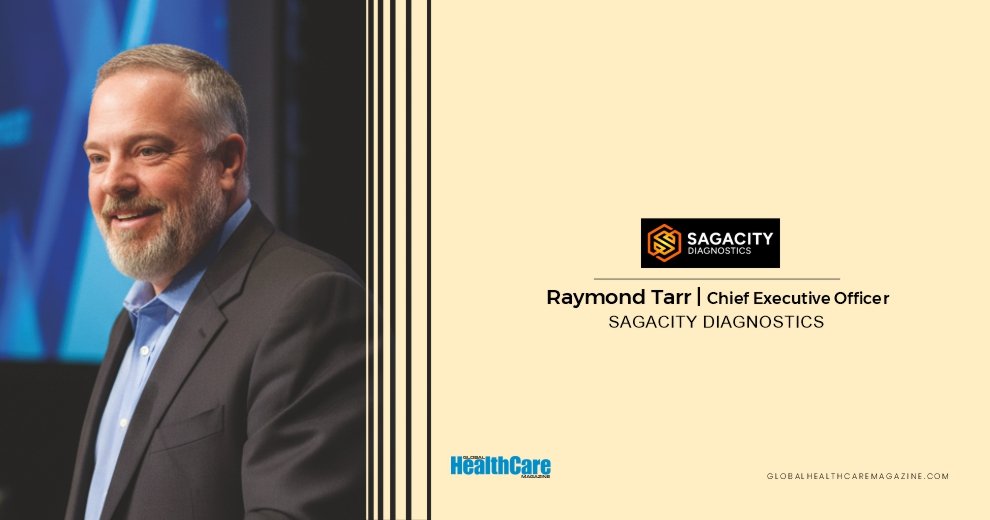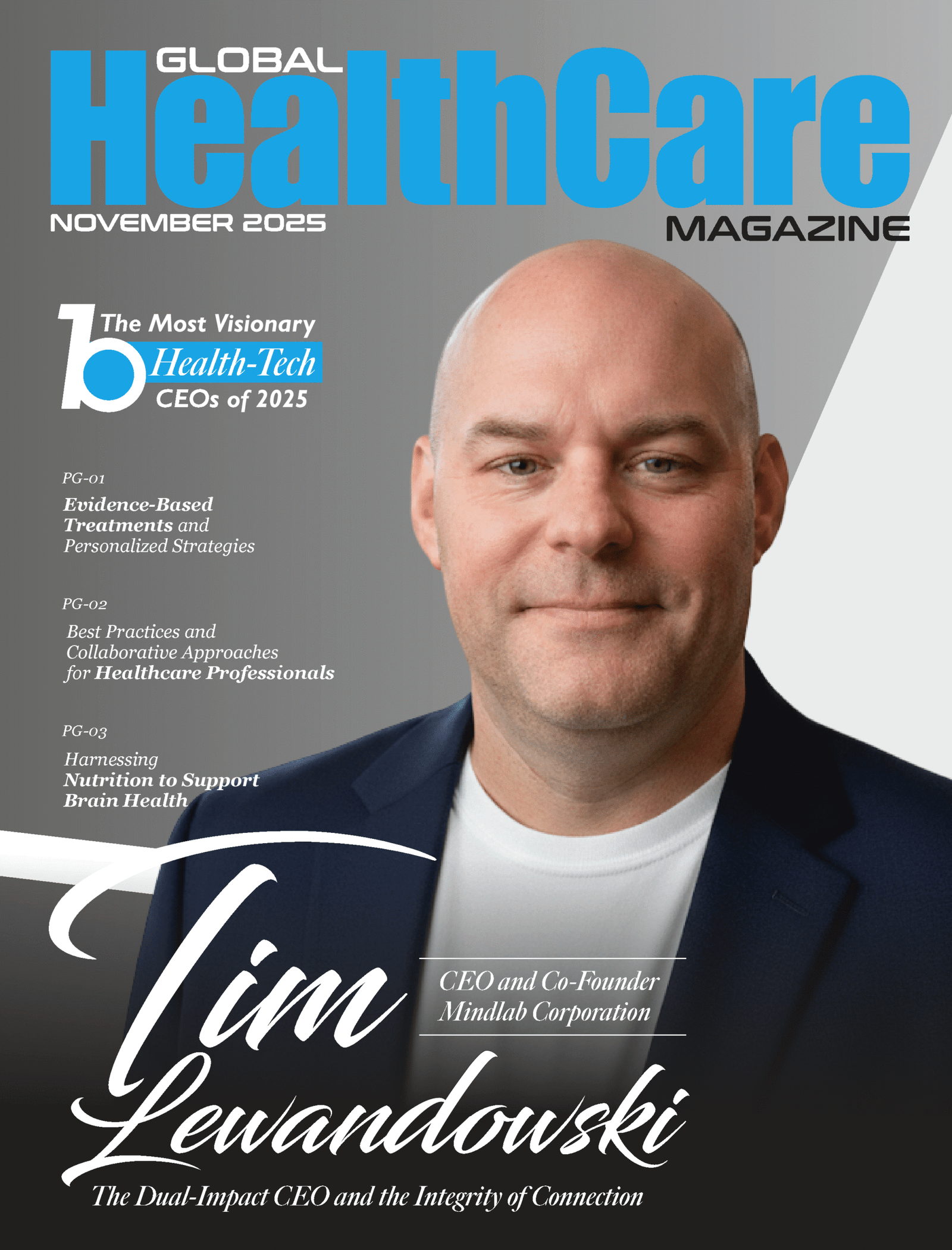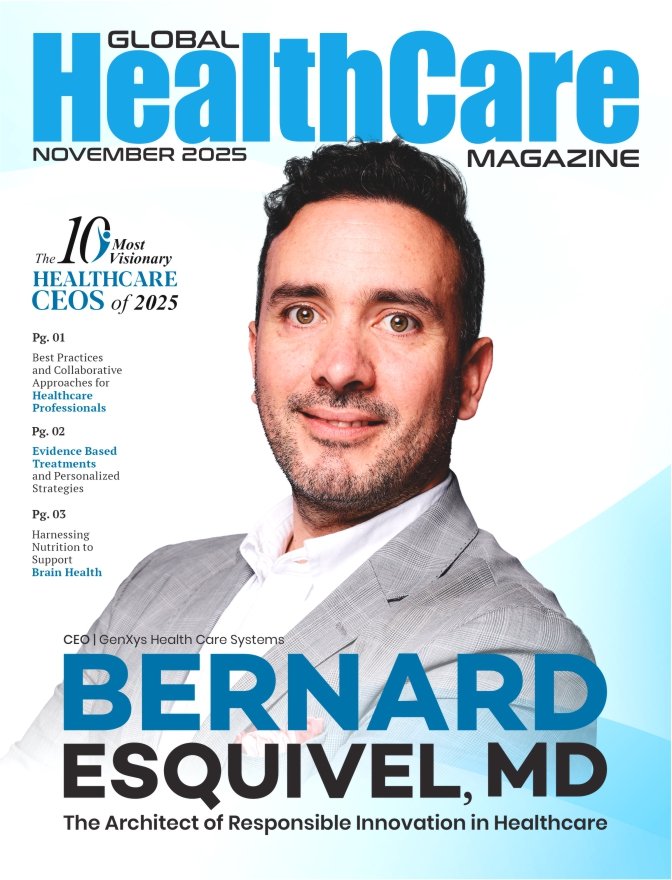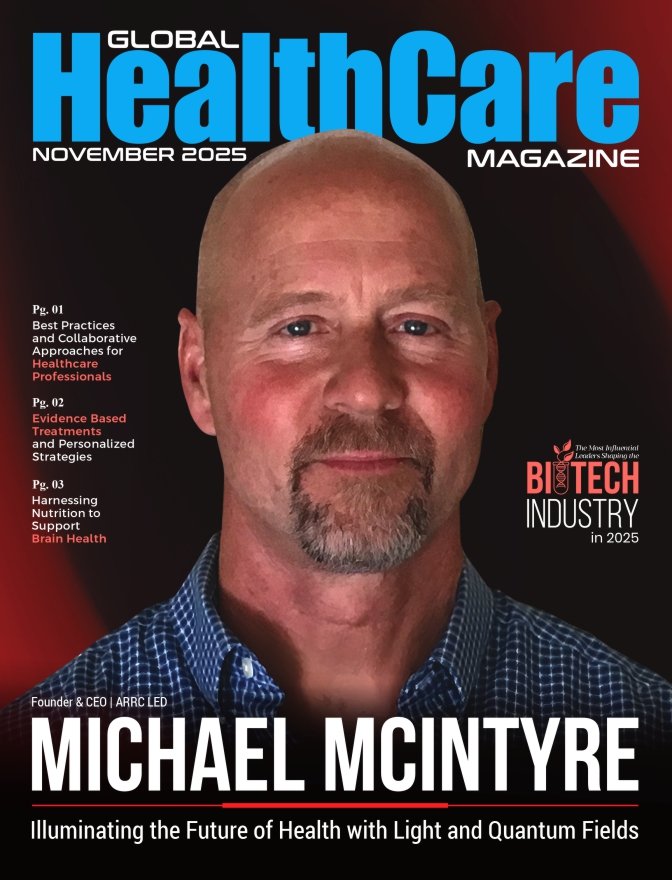There exists a particular kind of wilderness in modern medicine. It is not a place of tangled vines or uncharted rivers, but a landscape of data points, specialist referrals, and confounding symptoms. It is the diagnostic odyssey, a journey undertaken by millions of patients who know something is wrong but cannot find a name for their ailment. They wander from office to office, their files growing thicker while their hope grows thin. To navigate this labyrinth, you do not need a machete or a map of the stars. You need a guide, someone who has not only studied the terrain but has lived in it, someone who can see the path where others only see a thicket of complexity. Raymond Tarr is that kind of guide.
As the Chief Executive Officer of Sagacity Diagnostics, Raymond has positioned himself not just as a leader in the life sciences industry, but as a cartographer of this hidden world. His work is the meticulous process of drawing a clear line from confusion to diagnosis. But this mission is not the product of a boardroom strategy session or a market analysis report. It was born, as the most profound missions often are, from a crucible of personal crisis. It is a story about how one man, faced with the system’s failure to help the person he loved most, decided not to just find a solution for one, but to build a compass for all. Sagacity, a name that means the wisdom to make the right decisions, is that compass. And Raymond Tarr is charting the way.
The Forging of a Problem Solver
Long before the corner office and the strategic partnerships, there was a young man fascinated by the intricate dance of technology and challenge. Raymond’s journey did not begin in biotech, but in a place where the stakes were just as high: the El Paso County Coroner’s Office. It was there, under the mentorship of the inspirational Joe Levisky, that he first learned the profound importance of finding answers within complex systems. Levisky’s guidance ignited a drive for innovation that would define Raymond’s professional DNA. He saw how every piece of evidence, every small detail, contributed to a larger truth.
The pursuit of this truth led him to graduate school and into the orbit of another visionary, Dr. Carl Wittwer. Dr. Wittwer was the inventor of the LightCycler system, a piece of technology that was not merely an improvement but a revolution in molecular medicine. Working with him, Raymond witnessed firsthand how a singular technological leap could ripple outwards, transforming an entire field and fundamentally changing how patient care was delivered.
These two experiences, one in the practical world of forensic investigation and the other on the cutting edge of scientific invention, became the twin pillars of Raymond’s career. They cemented in him a core belief: technology was not an end in itself, but a tool to be harnessed for real, tangible human impact. He was committed to diagnostics and life sciences because it was the most direct path to applying his skills to that purpose. He spent years building a career, becoming an expert in dismantling the very diagnostic mazes that frustrated healthcare. He just never expected to find himself trapped inside one.
When the Labyrinth Hits Home
Three years ago, the abstract challenges of the healthcare system became intensely, frighteningly personal. Raymond’s wife, a healthcare professional herself, suffered a series of injuries at the hospital where she worked. The physical trauma triggered something unexpected and chaotic within her body, unleashing a cascade in her mast cell system. The result was a bewildering array of symptoms that seemed to have no logical connection. One specialist became two, then three, until a total of seven different experts were left puzzled by her condition. The man who had dedicated his life to shortening the path to diagnosis was now watching his wife become lost in its longest and most winding corridors.
“Suddenly, we were trapped in the exact diagnostic maze I’d spent my career dismantling for others,” Raymond recalls. The frustration was immense, but for a mind trained to see patterns and solve puzzles, it was also a call to action. Necessity, the old adage goes, is the mother of invention. Driven by an urgent need to find answers for his wife, Raymond did what he did best. He began to build. “I developed tools to streamline her testing, track symptoms, and analyze her medical records for patterns that pointed to a diagnosis.” He applied his decades of professional expertise to a dataset of one, treating his wife’s case with the same strategic intensity he would a global product launch.
He meticulously examined the records, connected the dots between disparate symptoms, and identified the subtle signals hidden within the noise of her medical history. And he solved it. He found the diagnosis that had eluded seven specialists. In that moment of profound relief, another feeling emerged: a sense of responsibility. If he could build a system to navigate this complexity for his wife, what about the countless others still lost? “After solving her case,” he says, “I knew this approach had to help more organizations transform patient diagnosis and speed the path to answers for those who need them most.” From this personal victory, Sagacity Diagnostics was born. It was not just a company; it was the institutionalization of a promise.
From Complexity to Clarity
The mission of Sagacity Diagnostics is distilled into a simple, powerful phrase: “From Complexity to Clarity.” But what does that mean in practice? Raymond uses a vivid analogy. “Picture choosing a guide for a trek across the Rocky Mountains,” he explains. “You could settle for someone who’s glanced at the peaks, or you could trust an expert who’s lived among them, someone who knows every path, every shortcut, and exactly where to focus your energy.”
This is the essence of Sagacity. The team, with a combined expertise of over fifty years in diagnostics, are the seasoned guides. They understand the entire landscape, from reimbursement policies to the intricacies of artificial intelligence and health informatics. They have cultivated a worldwide network of collaborators and key stakeholders, leaders who fuel the company’s ability to deliver meaningful innovation. But their most powerful tool, the master key to the labyrinth, is a proprietary technology called PathfindEHR™.
Traditional approaches to identifying patients for clinical trials or rare disease diagnosis are often agonizingly slow. They involve lengthy software reviews, navigating complex hospital security hurdles, and implementations that can take months. Sagacity’s business model bypasses this entirely. PathfindEHR™ is a pathways guide that taps directly into the vast, complex ecosystem of the Electronic Health Record (EHR). “Our streamlined approach taps directly into the EHR, eliminating time-consuming software reviews, complex security hurdles, and lengthy implementations,” Raymond states. The result is astonishing speed. “In under ten minutes, we can generate a suspect patient list.”
For a patient suffering from an undiagnosed condition, or for a pharmaceutical company trying to enroll patients in a life-saving clinical trial, this is not just an efficiency. It is a paradigm shift. It is the difference between waiting and acting, between enduring and healing. It is the shortest route to an answer, delivered with an elegance and speed that fundamentally changes the equation of patient identification.
The Leader in the Arena
Leading a company founded on such a personal mission requires a unique blend of vision and execution. At the helm, Raymond’s primary responsibilities are to drive the company’s vision, build its strategy, and, most importantly, empower the team. He balances the high-level strategic thinking with a hands-on approach by staying intimately involved in the critical projects that propel Sagacity forward. This leadership philosophy was tested a few years ago in a previous role.
“I inherited a business expected to run at a mature level,” Raymond recounts, “only to discover we were starting from the ground up.” The setback could have been demoralizing. Instead, Raymond saw it as an opportunity. He challenged his team not to be discouraged, but to seize the moment and build something truly game-changing. He encouraged calculated risk-taking and unconventional strategies. “Through a steadfast commitment,” he says, “we not only met our ambitious targets but grew stronger and more unified as a team.”
This experience encapsulates his leadership philosophy. He inspires his teams to think differently, to challenge the status quo, and to see obstacles not as barriers but as starting points for innovation. He champions innovation across all business units, cultivates partnerships, and oversees the development of cutting-edge solutions that keep Sagacity at the forefront of the market. His goal is to create an environment where the impossible is simply the next problem to be solved.
The success of this approach is not measured in abstract terms. It is measured in concrete results. “We measure success by diagnosing more rare disease patients, accelerating time to diagnosis, improving EHR detection accuracy, and collaborating with partners to deliver better patient outcomes and healthcare efficiency,” Raymond asserts. The key indicators are impact, speed, and patient improvement. The milestones they have already achieved are a testament to this focus: building advanced AI tools, successfully launching PathfindEHR™, and establishing formative partnerships with the top 100 hospitals in the United States. These are not just business achievements; they are tangible proof that they are making a real difference in the healthcare landscape.
The Uncharted Territory Ahead
For Raymond Tarr and Sagacity Diagnostics, the journey is far from over. The initial focus on rare diseases was a natural starting point, as these patients often face the longest and most difficult diagnostic odysseys. But the vision is much larger. The bigger goal is global expansion, bringing these breakthrough solutions to patients everywhere.
“Our vision isn’t limited to rare diseases,” Raymond clarifies. “It’s about transforming how the world detects and treats diseases that too often go undiagnosed, bringing answers and hope to those who need it most.” The technology and the methodology they have developed have applications far beyond their initial scope. They represent a new way of interacting with healthcare data, a new way of seeing the patient within the system.
This relentless drive requires immense focus and energy. When asked about work-life balance, Raymond speaks of hobbies that demand total concentration, activities that allow him to shed the stress of work and recharge his mind. This intense focus on his personal life mirrors his professional approach. It refreshes his mind and fuels the creativity and productivity needed to lead a company that is constantly pushing boundaries.
Ultimately, the story of Raymond Tarr and Sagacity Diagnostics is a powerful reminder that the most disruptive innovations often come from the most human of places. It is a story about turning personal pain into a universal purpose. Raymond’s final message to the world is one of collective responsibility and unshakable optimism. “I believe our collective effort can drive true impact, no challenge is insurmountable,” he says. “By staying focused on what matters most, patient care, we can overcome any obstacle and achieve lasting success for everyone involved. Together, we turn vision into reality.”
Quote
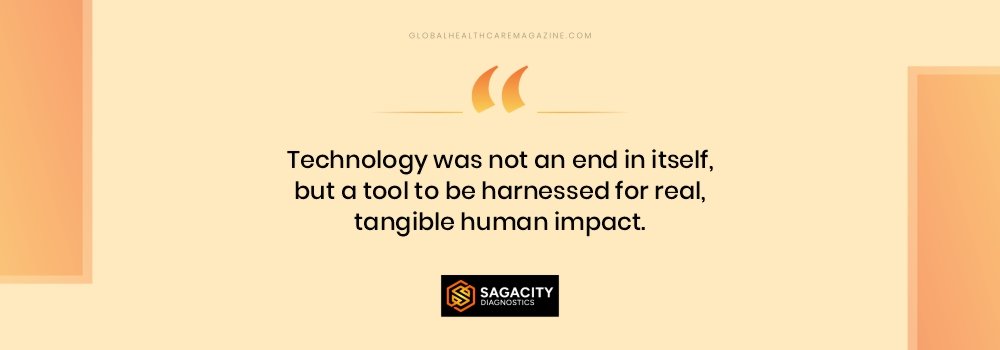
Also Read: The 10 Most Impactful Diagnostics & Life Science Leaders to Watch in 2025

